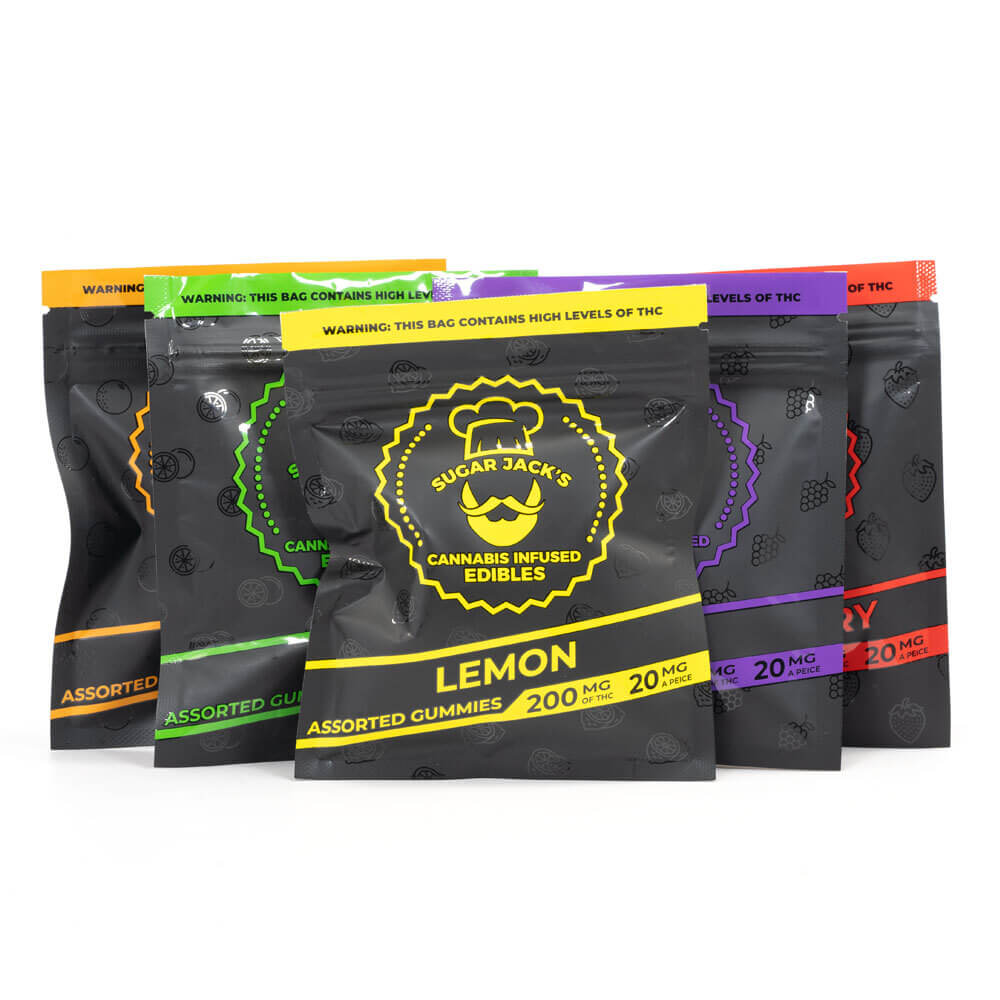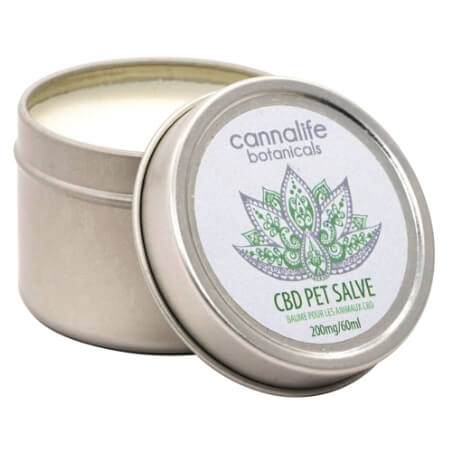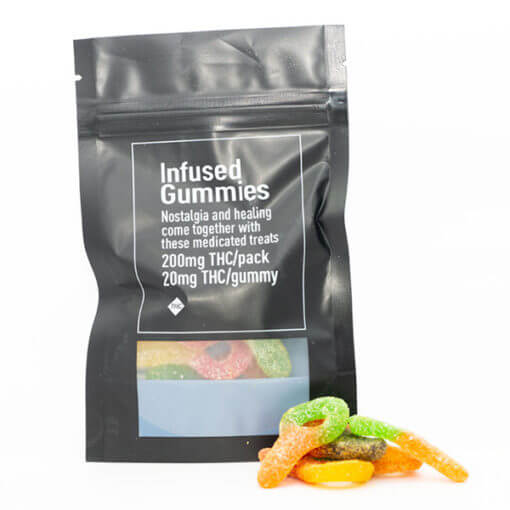No products in the cart.
11-Hydroxy-THC – How Edibles Hit Harder
24 Aug 2020
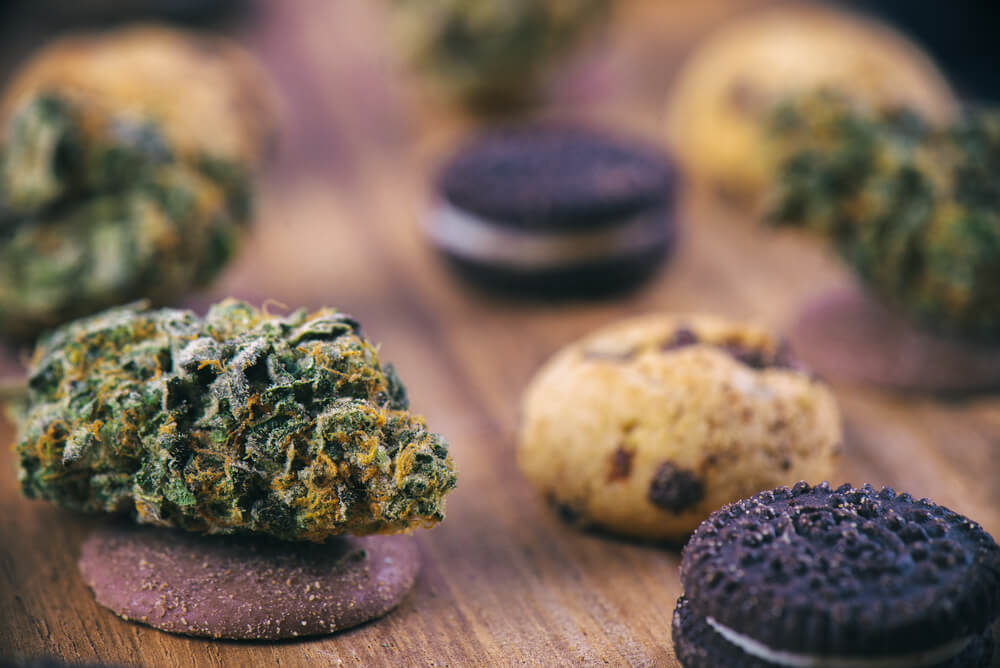
Even if you haven’t heard of 11-Hydroxy-THC, chances are you’ve experienced its effects.
Have you ever noticed how edibles seem to hit differently than smoking or vaping cannabis? Well, you may not realize it, but you were on to something! Researchers and consumers of weed have noticed this difference as well. Due to this, many have explored how edibles are processed in our bodies to determine how they act differently.
The answer to how edibles produce such strong effects is 11-Hydroxy-THC.
Don’t worry, you don’t need a degree in science! In fact, the term 11-Hydroxy-THC is likely the most complex term you’ll see.
We’ll learn about the science behind edibles and 11-OH-THC together. By the end, you’ll have all the information you need to consume edibles safely.
What is 11-Hydroxy-THC?
The first thing to know about this compound is that it is a metabolite. All this means is that 11-OH-THC is created inside our bodies through metabolism. Specifically, this means that a compound we consume is processed into something new, with new effects.
And so, you may be asking, what do we metabolize into 11-OH-THC? Others may already have guessed it, the answer is THC. In the next section, we’ll discuss how our bodies create 11-OH-THC from THC that is ingested. While our body also produces this compound after inhalation of cannabis, it does so in much smaller amounts.
When we eat cannabis products, our digestive enzymes and liver process THC into 11-OH-THC. On the other hand, when we inhale cannabis, we absorb THC directly into our bloodstream.
Once those compounds eventually reach the liver, some 11-OH-THC is created. Through our digestive system, pretty much all of the THC goes straight through ‘first-pass metabolism’ in the liver, leading to higher levels of 11-Hydroxy-THC.
Both of these situations then lead to both THC and 11-OH-THC compounds to reach the brain. As we’ll see below, the compound THCA does not reach the brain, and that is why it is not psychoactive like these other two compounds. 11-OH-THC is like THC in that the compound is psychoactive, producing what we all recognize as being high. In fact, it appears to be even more potent than THC itself.
11-OH-THC and Edibles – How Does it Work?
We already got most of the facts we need to know to understand how edibles operate. As discussed, edibles are infused with cannabinoids for us to enjoy.
Now, when we eat these THC compounds, they travel through our stomach and into our intestines. It is here that the majority of absorption occurs. As with all absorption that occurs in this area, the blood first travels through the liver for ‘cleaning’ to ensure we stay healthy.
It is also in the liver where our enzymes are able to convert THC into 11-OH-THC. Then what happens is quite simple, the 11-Hydroxy-THC compounds travel through the bloodstream and reach our brain. It is here that they produce their powerful psychoactive effects.
As opposed to inhaling weed, we get a much higher ratio of 11-Hydroxy-THC to THC when we consume edibles and when they go through this process.
THCA vs THC vs 11-Hydroxy-THC
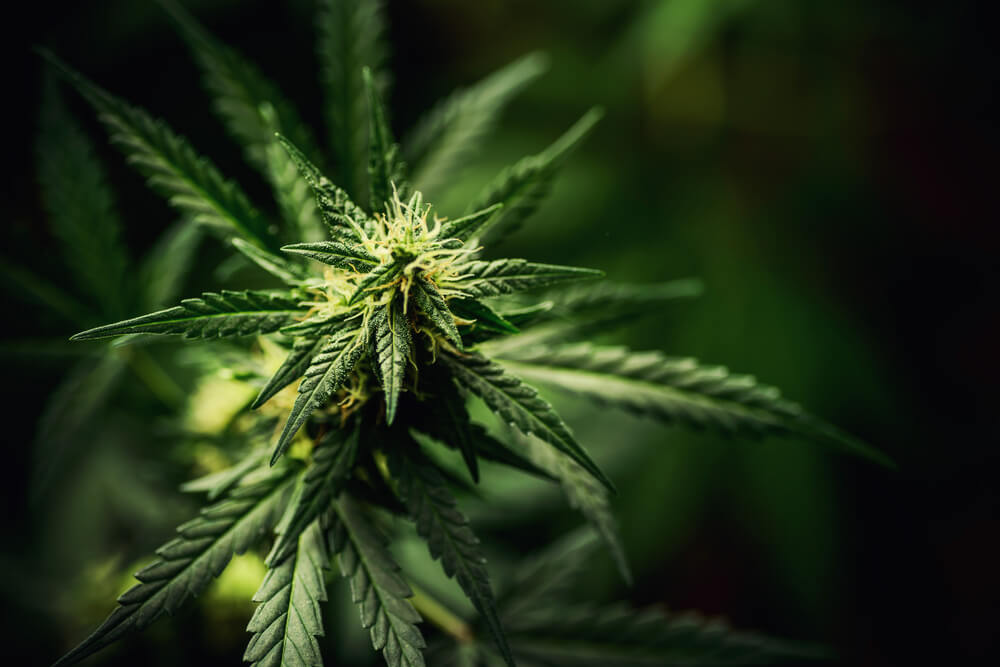
Now that we understand how 11-Hydroxy-THC is produced from THC inside of our bodies. But there is a bit more to the story. When you go out and buy a cannabis bud or dried flower, you are getting a product that does not contain much THC.
This may seem strange but the truth is that the cannabis plant produces a compound called THC-acid or THCA. It is this compound that is found throughout the bud you’ve bought your whole life.
So how do we get to THC? Well, the short answer is decarboxylation. All this means is that THCA is processed into THC using heat. As we all know, lighting our joints and bowls is not just done for fun. It is this heat that converts THCA into THC before we inhale it. The same goes for vaped weed.
When it comes to edibles and cannabis oils, these products do contain THC and not THCA. The reason for this is because the THCA has already been exposed to heat and converted to THC. This means that you can consume these products orally without further heat.
But you may be wondering why we don’t consume THCA directly. While some people do for medical reasons, the majority of us don’t because THCA is not psychoactive. As far as we can tell, the reason for this is that THCA cannot cross the blood-brain-barrier as THC and 11-OH-THC can do. I know that sounds insane, but the potent and powerful compounds THC and 11-OH-THC start out as a compound that has none of the same ‘high’ effects.
In terms of comparing 11-OH-THC and THC, it does appear that 11-OH-THC produces a more potent high. It is this speculation that helps us explain why edibles can be so much more intense than smoked bud, even with fewer grams of THC consumed overall.
The other major difference to consider between THC and 11-OH-THC is timing. When it comes to the onset of effects, smoking can produce effects within minutes. On the other hand, consuming infused cannabis products can require up to an hour or even longer to take effect.
The reason for this is the same as why we get more 11-OH-THC with oral than inhaled cannabis. It is because edibles move through our digestive system slowly. Once the THC compounds reach our intestines, they are absorbed into our bloodstream, moving immediately through the liver. All of this takes time.
Whereas, smoking weed leads to direct absorption of THC compounds into our bloodstream. In both of these situations, the compounds in our bloodstream reach the brain and produce their effects. But as we’ve learned throughout this article, eating infused-cannabis products can lead to a more potent high due to the higher ratio of 11-OH-THC.
Final Thoughts on 11-Hydroxy-THC
Well, there you have it! Congratulations on making it through this guide to 11-Hydroxy-THC. By now, you have all the information you need to impress your friends with your awesome knowledge! More importantly, you now understand that edibles can be potent products even with lower amounts of THC content.
Furthermore, you understand that edibles take time to take effect. Avoid taking a second dose for at least an hour or two, or you may find yourself creating far too much 11-OH-THC than you can comfortably handle.
Using this information, you can understand why eating dried bud won’t have any effect, as the flower contains THCA which is not psychoactive. It is only through the use of heat that we convert THCA into THC. When these THC compounds are processed by our liver, they are converted into 11-OH-THC. Ultimately, 11-OH-THC is very powerful and produces potent psychoactive effects.




